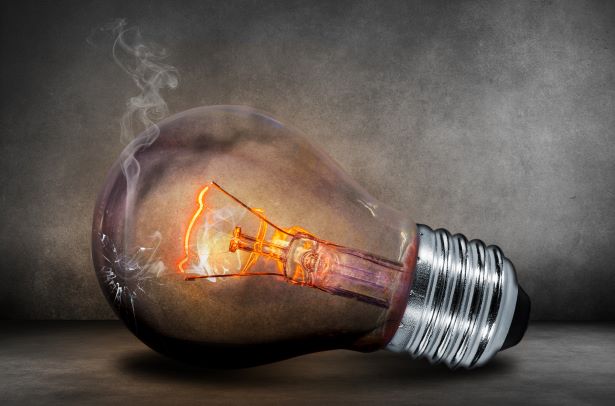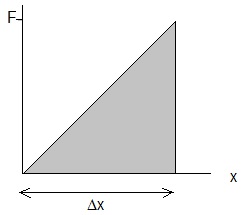 In the previous topics of Forces and Conservation of momentum we learned that an understanding of kinetic energy was required to fully predict the outcome of a collision.
In the previous topics of Forces and Conservation of momentum we learned that an understanding of kinetic energy was required to fully predict the outcome of a collision.
In this section, we'll attempt to define energy (easier said than done - as it's a relative concept) and the types that can be calculated and converted.
Work done and energy changed are equivalent.
Key Concepts
Energy is a scalar quantity that is conserved; the total energy contained in a system is constant. However, the energy possessed by an object can increase (e.g. if a force is exerted on it) or decrease (e.g. if heat dissipates into the surroundings).
Energy gained = work done
The unit of energy is Joules (J)

Energy is not an absolute measure. Nothing has zero energy. On these pages you will learn how to calculate quantities of energy, but it is more helpful to think of these as the amount by which energy has changed:
- A book resting on a table has kinetic energy, even if it is "at rest", as the Earth is moving in orbit around the Sun
- A nebula far out in space still has mass, and therefore gravitational potential energy, and the small amount of heat caused by vibrations of the particles requires kinetic energy.
Conservation of energy
The law of conservation of energy states that energy can neither be created nor destroyed - it can only be changed from one form to another. This is also known as the first law of thermodynamics.
This means that if body A does work on body B the energy lost by A equals the energy gained by B.
Since work done is the product of force and displacement, the area under a force-displacement graph is equal to work done.
Hooke's law states that force is proportional to extension. For a spring that obeys Hooke's law the graph will be linear as shown.
 The equation of the line is \(F=kx\) where \(k\) is the spring constant. Using the area under the graph:
The equation of the line is \(F=kx\) where \(k\) is the spring constant. Using the area under the graph:
\(W={1\over 2} k{\Delta x}^2\)
How much of Work and energy have you understood?


 Twitter
Twitter  Facebook
Facebook  LinkedIn
LinkedIn